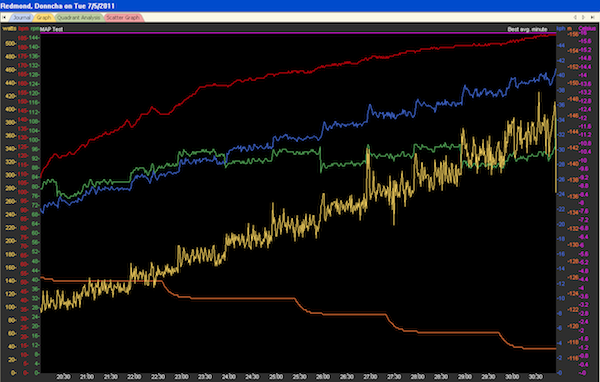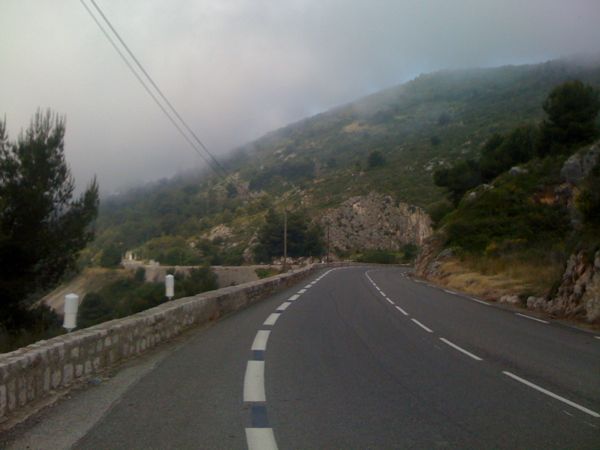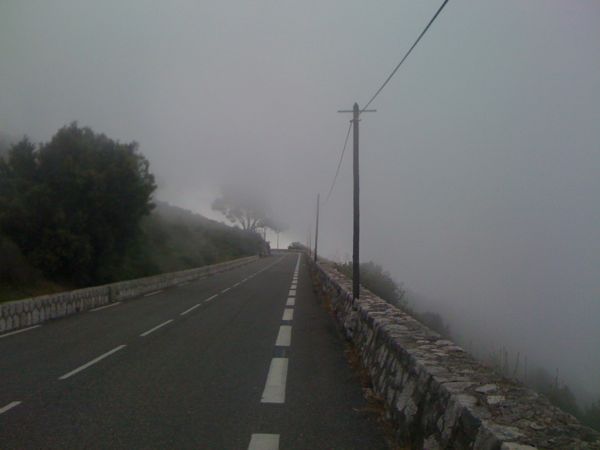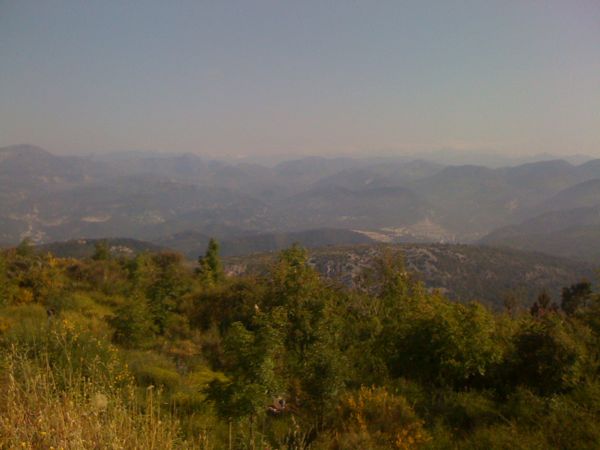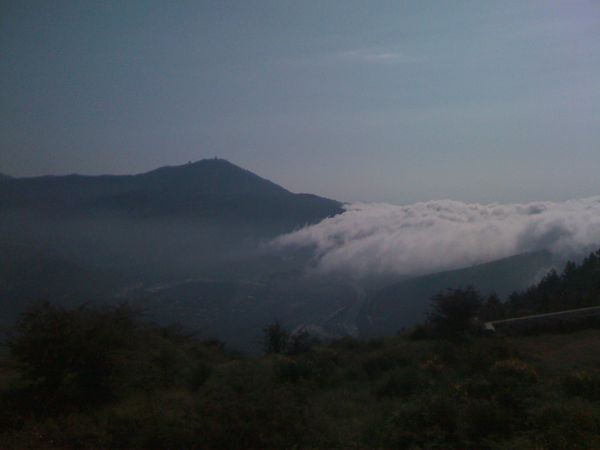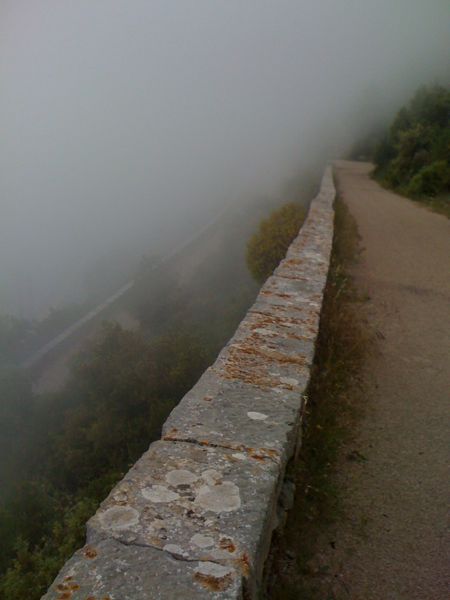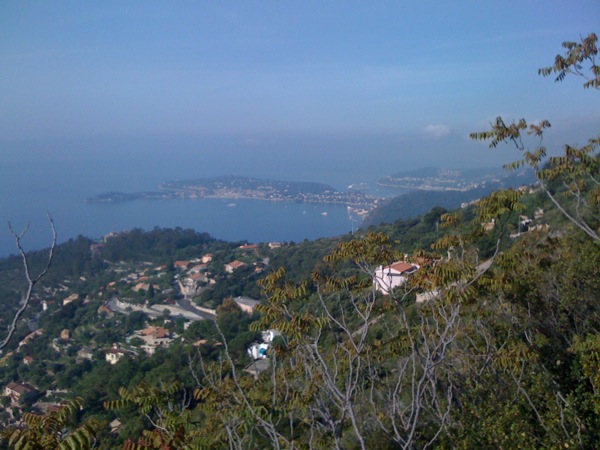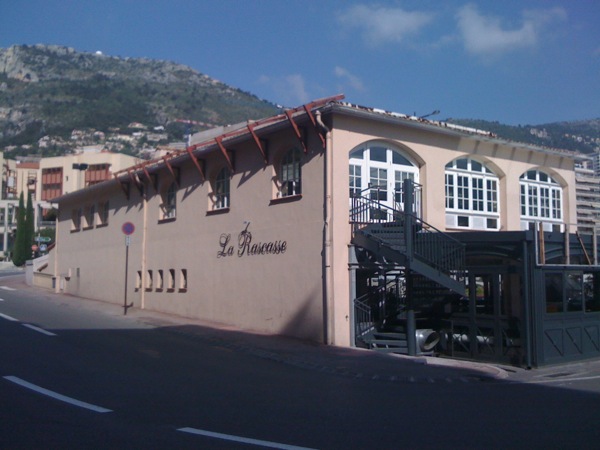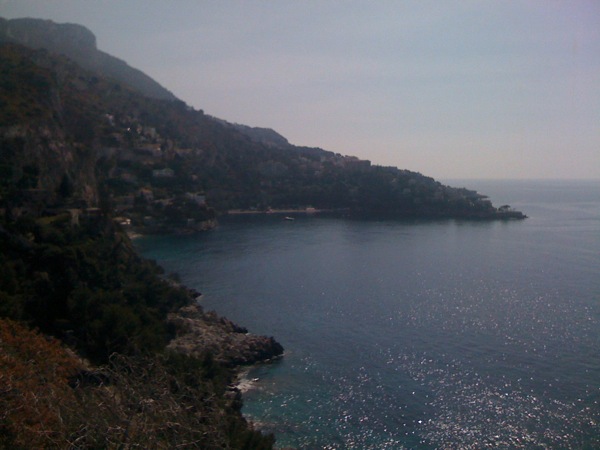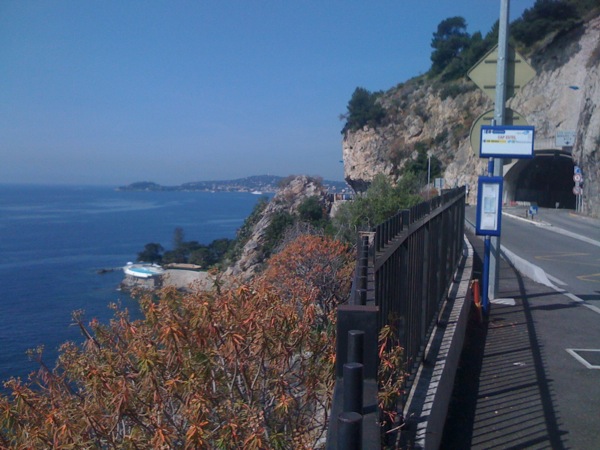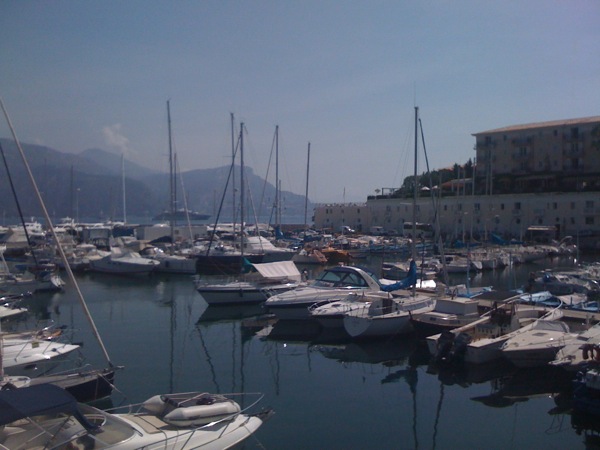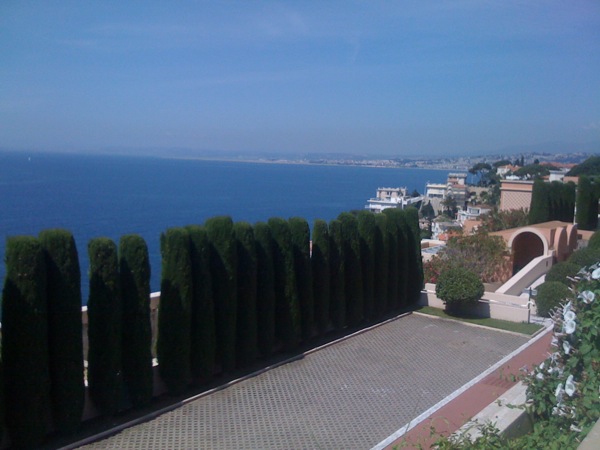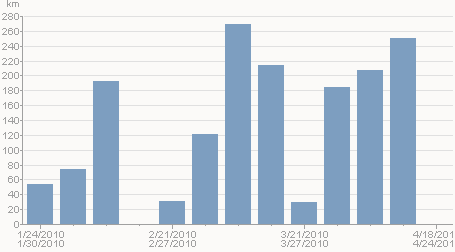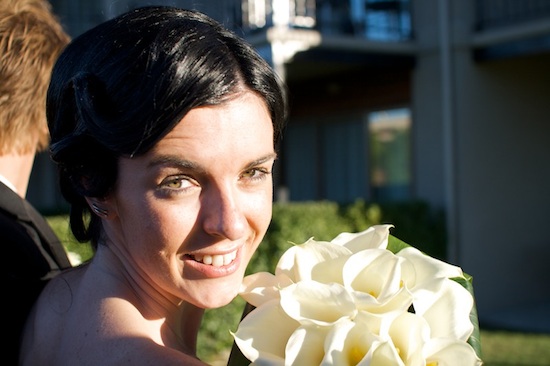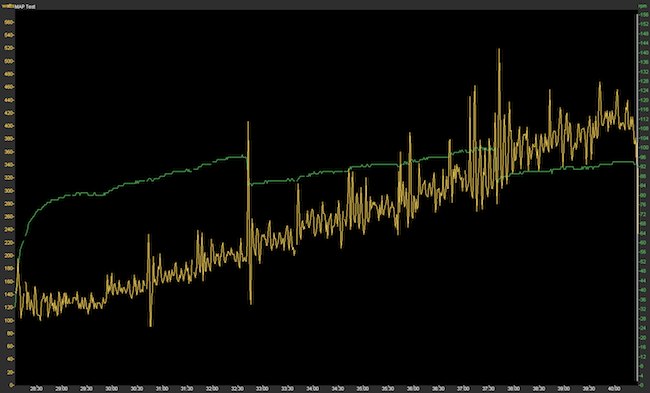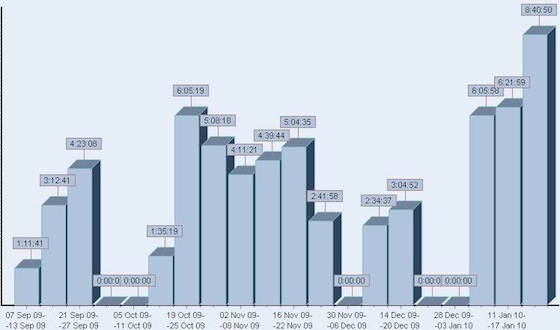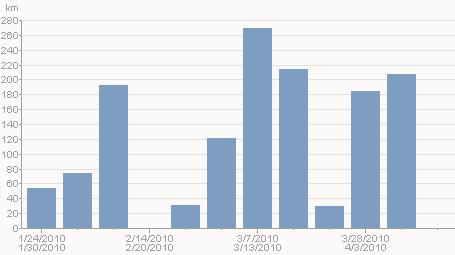
Training’s been going reasonably well over the last couple of weeks. The weather has interfered on occasion, as have one or two social events, and I took it way too easy on the rest week which was very slack of me, but in general, I’m getting all the important sessions done every week. My compact cranks (50/34) and 11-28 rear cassette cluster arrived two weeks ago, so I fitted them to the bike last weekend. As a result, my lowest gear ratio went from 1.56 (39/25) to 1.21 (34/28), which, although it’s complete overkill for whatever I’m likely to find around Sydney, will come in bloody handy when the Galibier rears up to 11% after 28km of continuous climbing! I haven’t put the 11-28 cassette on yet as the 11-25 I already have is fine for the moment.
Yesterday it was time for another long ride, and I wanted to ride more hills this time, so I decided to drive to Sutherland and ride loops of the National Park for six hours. Apart from the climb to Otford, I hadn’t ridden any of the climbs in the park, so I structured the route so I’d end up riding all the main ones. I parked at Waratah Park, then rode to Heathcote along the Pacific Highway before heading to the coast and entering the park at Otford. An initial largely downhill stretch took me to the turn off for Waterfall, but I went straight on and started my first climb of the day up to the Garie turn off. That went well and I was then into the gently undulating, exposed part across the top of the park. That was a pain in the arse, literally, as the road surface is chip and seal and really rough. Having pumped my tyres to 110psi before I left the house, this was not comfortable! Finally I came to the drop down to Audley Weir before starting the climb out to the park entrance at Loftus.
I’ve driven this road a couple of times and always thought it would be a hard climb, but apart from an initial sharp pitch it was actually OK. After getting back to the car I ate another muesli bar, restocked with water and headed off for the second lap. The plan was to ride the lap in reverse, so, after dropping back down to Audley Weir, I encountered my toughest climb of the day heading south along Sir Bertram Stevens Drive. My plan had been to climb at around 230W, but this was bloody steep and I had no choice but to ride at 280-300W. Even then I was only travelling at about 8kph! Once at the top it was back to the shitty road surface, but I’d prepared this time and had let about 20psi out of my tyres, so this time I was a lot more bearable. I was starting to get pretty hungry now, and the sun was heating up, so after descending to the Waterfall turn off I munched my last muesli bar, guzzled some more water and set off for Otford. I was familiar with this climb, so it was fairly easygoing, though I was still hungry and was now regretting my decision to eat all of the muesli bar!
I realised at this stage that I hadn’t any money on me, as I’d left my wallet back in the car and had forgotten to put $20 in my jersey pocket. I was also down to less than a bidon of water, 30km from the car and bloody tired already. I was a bit worried about bonking, the suitably technical term for when your body runs out of glycogen and just shuts down. Although it hasn’t happened to me, I’ve heard stories and didn’t fancy being stuck 20km or more from the car needing a sugar fix with no cash on me. I decided that riding back through the park, up the Waterfall climb and back along the Princes Highway would be the best way back to the car, which in hindsight might have been the first indication that I wasn’t thinking straight! Anyway, after the largely downhill run from Otford I knew that the Waterfall climb was the main obstacle between me and the car and that there was a surprise steep pitch near the top. The first part of the climb was a little bit steep, but then it settled down in the middle and all was well. I’d only ridden down this hill before, so only had the vaguest idea of where the top was when ascending. Sure enough, after ten minutes or so of climbing (all the while fantasising about the food I’d eat when I finished) the road pitched up.
A roadside sign indicated 2km of windy roads, so I assumed the climb was that long. I got stuck in, but by this time I was knackered and was struggling to generate enough power. I was back up to 280W and travelling around 9kph again, so the progress was slow. I focused on the next bend, then rounded that to a longer straight and refocused on the following bend. However, when I rounded that bend and saw another I was shattered and had to stop for a quick breather and a stretch of the legs. I was a bit pissed off by this stage, and more so when I got going after two minutes, rounded the next bend and saw the train line just up the road! If I’d kept going for another 400m I would have made the top of the climb! Oh well, if I’d fuelled myself properly in the first place I wouldn’t have had that problem in the first place. Having reached Waterfall it was a slightly downhill 15km back to the car, then straight to the shops for a Coke and a large bag of jellies!
Total ride time was 5h17m and a distance of 129km. That’s my longest ever ride time-wise and only a couple of kilometres off longest distance too, though this was a lot hillier and therefore a good bit harder than the ride three weeks ago. I was a bit annoyed at not getting the planned six hours in, though it’s a lesson to me to figure out a proper strategy for ensuring I get enough food in during long rides. I was also pretty tired at the end of the 5hr ride three weeks ago, so I need to be able to finish these relatively strongly if I’m to have any hope in La Marmotte which could easily take me 10 hours or more. On a positive note, all the climbing went pretty well and I’ve read reports that the top pitch of the Waterfall climb can be up to 12%, and that the main pitch South out of Audley Weir is around 9%, both of which are at the upper end of what I’ll face in France, so at least I’ve experienced a little of what I’m in for.
